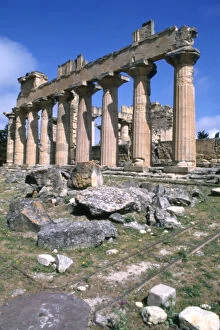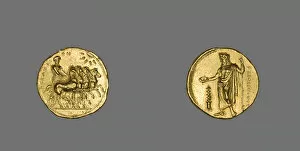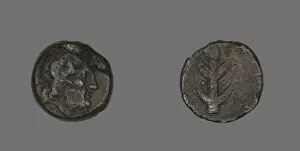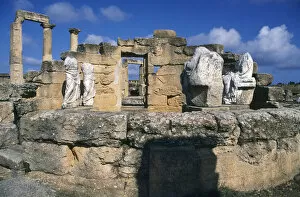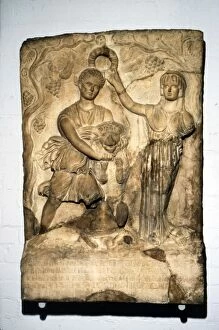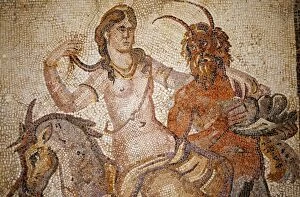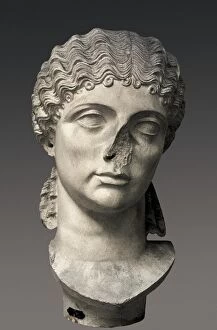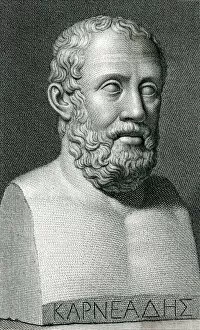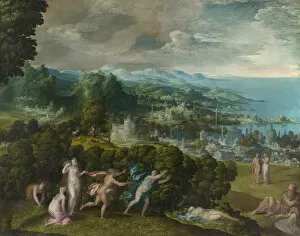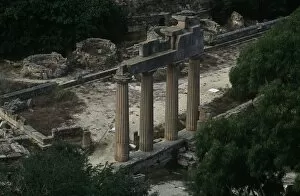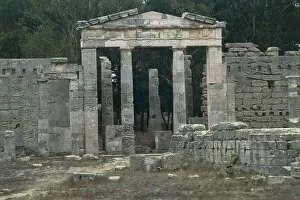Cyrene Collection
Cyrene, a city with a rich historical and cultural heritage, holds tales of ancient philosophers like Aristippus of Cyrene
All Professionally Made to Order for Quick Shipping
Cyrene, a city with a rich historical and cultural heritage, holds tales of ancient philosophers like Aristippus of Cyrene. Known for his hedonistic philosophy, he believed in pursuing pleasure as the ultimate goal in life. In contrast to this pursuit of pleasure, there is the poignant image of Jesus Christ Bearing His Cross along the Via Dolorosa in Jerusalem. This iconic scene depicts the immense suffering endured by Jesus on his path to crucifixion. The Temple of Demeter stands proudly in Cyrene, recognized as a UNESCO World Heritage Site. This ancient temple pays homage to the Greek goddess of agriculture and fertility, showcasing intricate mosaics that now reside within museums. Another architectural marvel found is its Roman theatre. This grand structure once hosted theatrical performances and still captivates visitors with its impressive design and historical significance. Adding to the allure is the Temple of Zeus, dedicated to one of the most powerful gods in Greek mythology. Its ruins stand as a testament to Cyrene's past glory and offer glimpses into an era long gone. Moving away from Cyrene but still connected through history is Israel's Via Dolorosa street sign. It marks the route believed to be taken by Jesus while carrying his cross towards crucifixion—a symbol deeply revered by Christians worldwide. Coins discovered from different periods shed light on various aspects of life during those times. A stater depicting a Quadriga showcases skilled craftsmanship from 322-308 BCE, while another coin portrays Zeus Ammon—an amalgamation between Greek god Zeus and Egyptian deity Amun—from 247-221 BCE. Lastly, we encounter AGRIPPINA the Elder—a prominent Roman figure who played significant roles during her lifetime—highlighting how individuals can shape history even beyond their time. From philosophical teachings to religious symbolism and archaeological wonders captured through art or coins—Cyrene's story intertwines with diverse cultures across centuries leaving us fascinated by its enduring legacy.






